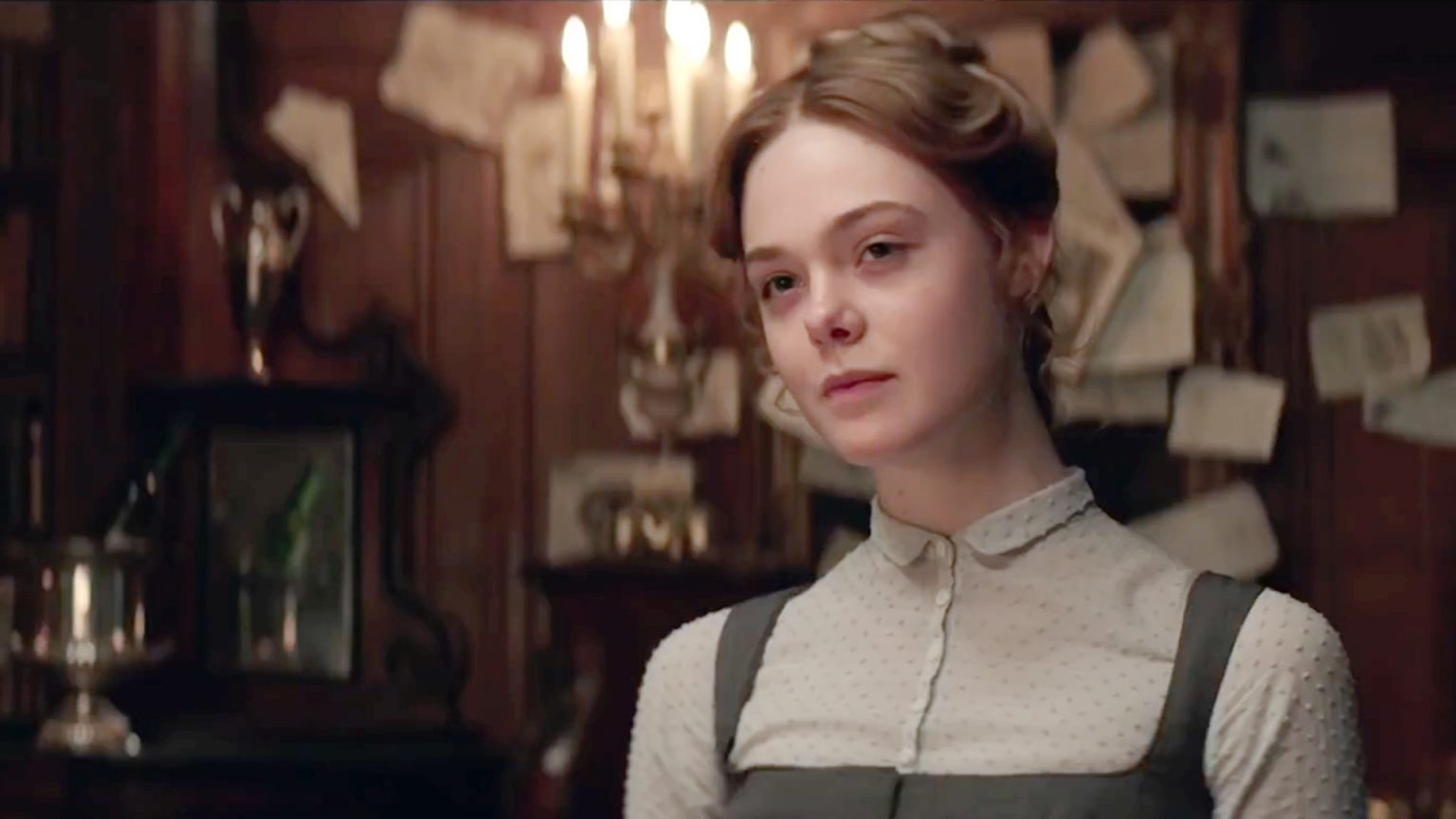By now, you should know the story: The time is 1816, the place is Lake Geneva. A group of bohemian writers gather at Lord Byron’s estate and hold a contest to see who can write the best ghost story. Young Mary Shelley, at the time only nineteen, is possessed by sleeplessness and visions that inspire her to create the Gothic science fiction story that would become Frankenstein, now one of the most famous novels ever written.
Within a hundred years after the book was published, the cinematic versions began. There were three adaptations of Frankenstein released between 1910 and 1920, two in America and one in Italy. All were fairly faithful adaptations of the original source material, and two are now considered to be “lost films” — that is, no known film print of them currently exists.
Of course, the most iconic cinematic image of Frankenstein’s monster is that of bolt-necked Boris Karloff in Frankenstein, Bride of Frankenstein, and Son of Frankenstein, all released in the 1930s. In these films, the monster is a simple strangler, mistakenly implanted with a criminal’s brain. In the 40s, Lon Chaney, Jr. took over for Karloff and continued the saga as more and more monsters (like the Bride of Frankenstein, Dracula, and the Wolf Man) joined in on the monster movie action.
The 1950s and 60s saw lots of riffing on the original themes of the novel, with Karloff returning to the role in several iterations (including the very meta Frankenstein 1970 and the stop-motion Mad Monster Party?) and by the 1970s, Shelley’s story had been interpreted across a kaleidoscope of genres, including the Swedish film Terror of Frankenstein (watch on Fandor) and even in the genres of Blaxploitation and Japanese Kaiju.
And then, of course, there are the campy and comedic takes on the classic tale—Abbott and Costello Meet Frankenstein, Alvin and the Chipmunks Meet Frankenstein, Mel Brooks’s Young Frankenstein, and even The Rocky Horror Picture Show. In these spoofs, the reanimated corpse-man becomes silly, or even…dare I say it? Sexy.
While these kinds of movies have proliferated over the two centuries since Frankenstein was first published, there are far fewer films that focus on the life of the monster’s creator—Mary Shelley herself. They include Gothic (1986), directed by Ken Russell, Haunted Summer (1988), starring Alice Krige and Laura Dern, Rowing with the Wind (1988), a Spanish film starring Hugh Grant and Elizabeth Hurley….and Mary Shelley, starring Elle Fanning and directed by Haifaa al-Mansour, now in theaters. Another movie called Mary Shelley’s Monster, starring Game of Thrones’ Sophie Turner, was slated for release in 2015, but no trace of it can currently be found.
Gothic employs the tropes of gothic horror to tell Shelley’s story that Shelley used herself when writing Frankenstein, and the result is a surreal and maximalist vision of the events at Lake Geneva and the torment that inspired an artist. Haunted Summer focuses on the dynamics of friendship, love, and adventure between Shelley and her compatriots that fateful summer (including Claire Clairmont, Lord Byron, and Percy Bysshe Shelley), and the complex dynamics that helped birth a horror story. Rowing With the Wind is perhaps the strangest and least-esteemed of all, with bizarre stylings and a plot that seems to morph from period piece to psychological thriller with seemingly no warning.
Considering that Gothic was released almost fifteen years ago, it seems high time for this nineteenth-century genre prodigy to once again get her due on the big screen. How does Mary Shelley, the newest take on the author’s life, stack up to these earlier efforts? Does it bring us new revelations about her life, creative output, and inner psyche, or will it fail to live up to the long legacy of movies about her most famous and popular creation?




